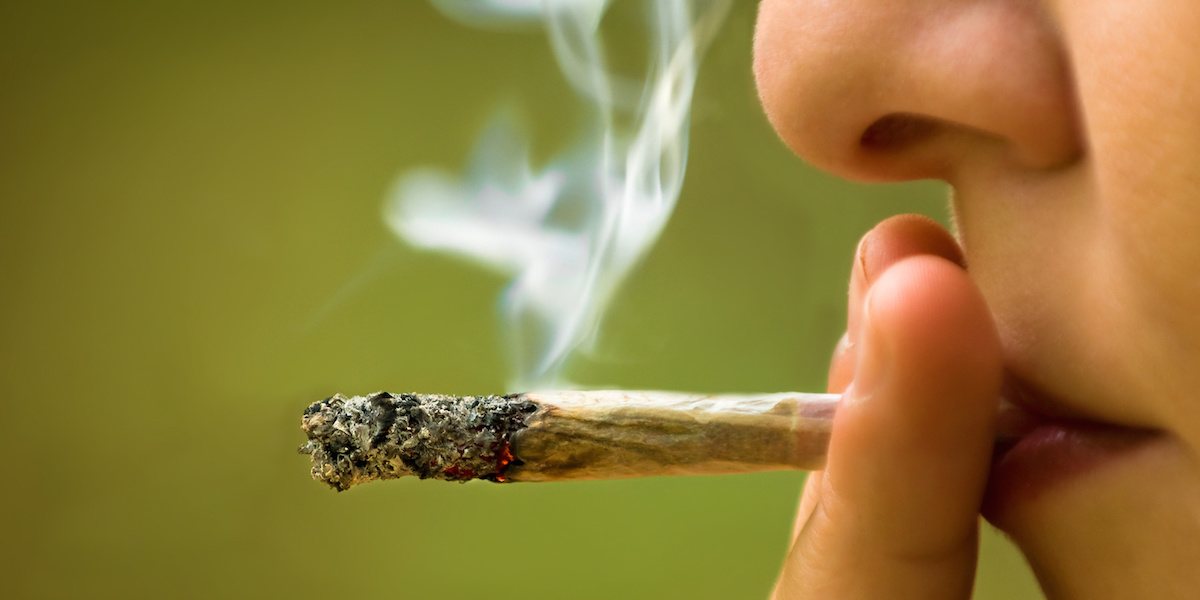
*The following is excerpted from an online article posted on HealthDay.
More teens are attempting suicide by overdosing on drugs, and new research suggests they are often turning to over-the-counter (OTC) medications like ibuprofen and aspirin in their efforts.
Antidepressants, antipsychotics and antihistamines were also common choices, the researchers added.
“What we were seeing was youth increasing suicide attempts using medications readily available in the home,” said study author John Ackerman, suicide prevention coordinator at the Center for Suicide Prevention and Research at Nationwide Children’s Hospital in Columbus, Ohio.
“People think that youth are thinking deeply about which medicine to take, but when someone is in crisis, it’s what’s in the medicine cabinet. These drugs are having very serious medical outcomes for young people,” Ackerman added.
Girls were much more likely than boys to attempt suicide by what is known as “self-poisoning,” and suicide attempts by self-poisoning in children and teens were higher in rural communities. These types of suicide attempts occurred more often during the school year, the study found.
When people survive a self-poisoning suicide attempt, they may have heart problems or seizures afterwards. Ackerman said that the drugs may have an impact on brain function as well.
“This paper is a call to action for parents to increase their safe storage practices and talk to kids about their mental health concerns,” he added. “Ask your kids how they’re doing.”
From 2000 to 2018, more than 1.6 million young people between the ages of 10 and 25 attempted suicide by self-poisoning. The rates of these suicide attempts in young people aged 10 to 18 started to increase in 2011, the study found.
Almost one-quarter of those attempts resulted in a serious medical outcome. The drugs most used in these attempts were OTC pain relievers, antidepressants, antihistamines and antipsychotics. Opioids were only involved in 7% of cases with a serious medical outcome.
ADHD medications were more commonly used in the younger group — 10- to 15-year-olds.
The findings were published in Clinical Toxicology.

 Teen Loneliness Triggers ‘Reward Seeking’ Behavior
Teen Loneliness Triggers ‘Reward Seeking’ Behavior  The Hidden Mental Health Danger in Today’s High-THC Cannabis
The Hidden Mental Health Danger in Today’s High-THC Cannabis  Early Smartphones May Scar Young Minds
Early Smartphones May Scar Young Minds